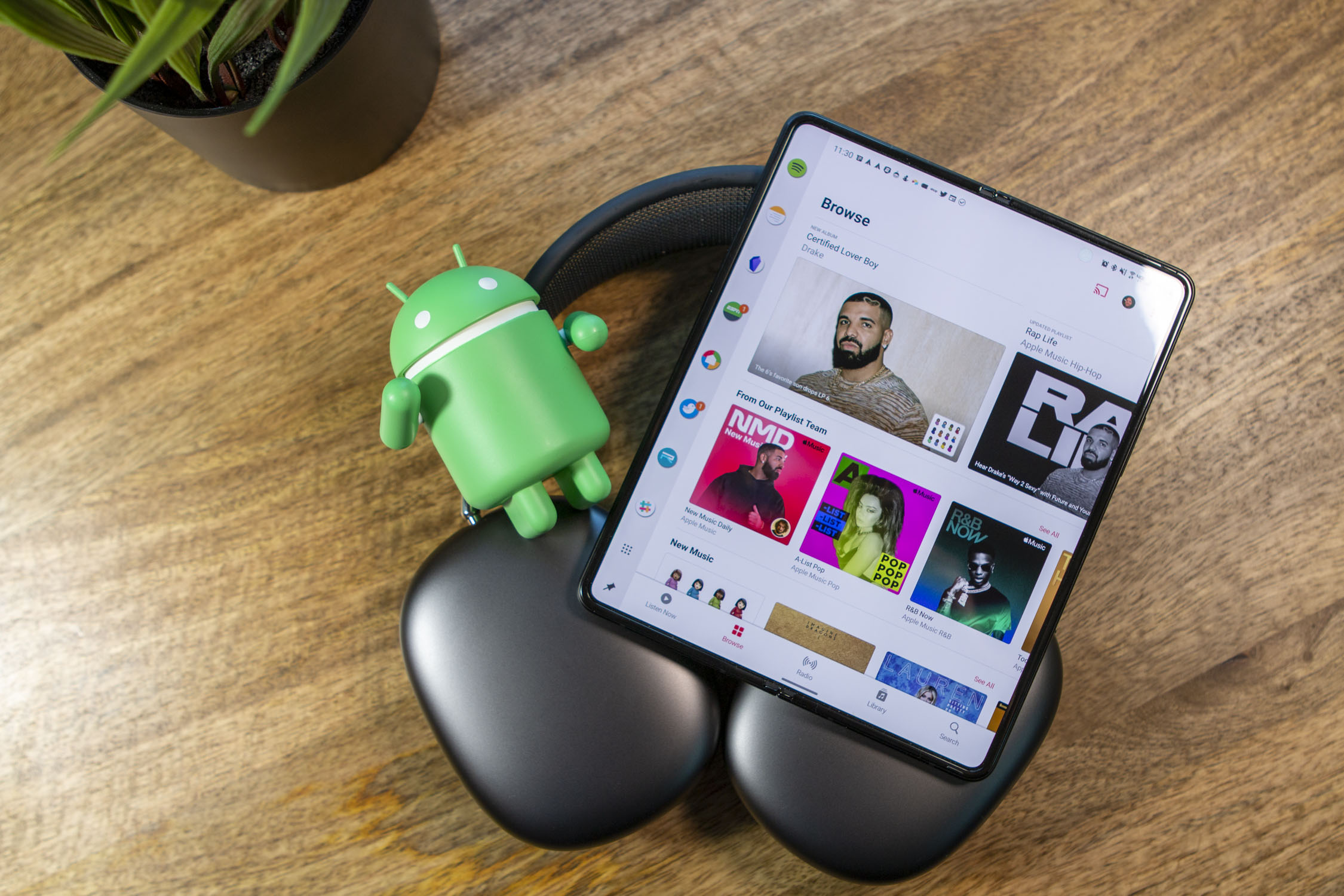Now, I’m not even going to pretend to know how this works. But I’ll do my best to explain it. Some mad scientists in some part of the world have managed to develop these spiraling radio waves that have the potential to deliver “infinite” bandwidth. Pretty nuts. These radio waves accomplish this task by twisting and spinning as they travel about the air, making — if viewable by the naked eye — the shape of common spiral pasta.
The radio waves can be independently “generated, propagated and detected” while using the exact same frequency band but acting as independent communication channels. The team of researchers demonstrated these pasta inspired radio waves using the 2.4GHz band with 2 of the waves but promise more twisty waves can be added into the mix to simultaneously send more data.
Now, if Sprint could jump on this new technology, maybe they could free up some of that bandwidth being hogged by all their new iPhone customers.
[New Journal of Physics and PhysOrg | Via Gizmodo]










That’s pretty cool!
Wireless carrier’s are gonna jump on this like crazy, they’re all choking on their own limited supply of spectrum. They could definitely use this.
Kinda reminds me of old school cartoons, where some villain is gonna take over the world/destroy something and usually what ever contraption they are using shoots out a red spiral beam, wonder if this is where the idea came from lol ^_^
Wonder how much testing has gone into this and how long before it gets put to practical use.
Unlimited data again?
Sure the carriers will jump on it. But will they decrease prices or bring back unlimited data? Probably not. Just going to be another benefit to the carrier and not the consumer. Just speculation…
Now a reality is quite optimistic. More like “if it turns out to be real, feasable, and scalable, we may see it in 10 years.” Unfortunately, none of that has been shown yet. Even the “proof” is not there yet. There’s still a good chance it’s fake even.
Old tech rediscovered by new scientists. What they demonstrated is called circular polarization. What they propose will only increase bandwidth for fixed links, it would be difficult to implement in a portable or mobile device.
From skimming the New Journal of Physics article, the person who wrote the article does not know what WiFi is. They keep calling the 2.4Ghz Wifi, and claim that their FM transmitters are WiFi.
Not only is it old tech, it’s really old tech. This is used in RADAR systems to help minimize precipitation returns for air traffic controllers. With linear polarization the RADAR display can get extremely cluttered with returns on precipitation.
Even though they are of the same frequency, they are in different angular anular momentum states. It’s not entirely clear how we may design circuits to quickly switch between these states for both transmission and reception yet. The paper demonstrares two simultabeous transmissions, so it is possible in principle, although the complexity would scale pretty quickly with increasing lines.
Seems to me like there would still be a bottle neck at the processing phase (if that makes sense to you). What I mean is, when the ‘waves’ reach a unit, they will still need to be straightened out, read and processsed …causing latency etc.
And BAM! Instantly everyone reading this is a radio wave expert.
LOL i was just about to say that too. Experts my ass, these losers cant even wash their own boxers or cook their own meals without mommy and daddy doing it for them. How else could they spend hours upon hours on the internet commenting on everything. The rest of us have to work…lol
And yet, here you are. Welcome to the realm of “losers who don’t work”, which oddly enough is where i just came from. Now I’m going to go cook some food.
Some pasta, perhaps. :P
The frequency would dictate the rotation “speed”. However based on the phase rotation (cw or ccw) and shape (circular or elliptical), this is not just possible but already used in communication systems. I would be interested to see how one would implement this into a cell phone’s antenna design being that it has to be so compact.
Ron Pearlman of OnLive has invented and tested a new way of transmitting radio waves for mobile communications which idea less power, less transmitters, more users per transmitters not meeting the Shannon limit, and at an unlimited bandwidth. So this is not that great, shame no tech is compatible with his brilliant invention. OnLive and Ron Pearlman are definitely going to get bigger and better. And to think all that time ago he produced QuickTime for apple.
Thanks for providing your resume for us Ron.
Well first of all, he means Steve Perlman of OnLive whose company invented DIDO radio technology. Also, Ron Perlman is the actor who played Hellboy. Different guys, no relation.
My Cold fusion experiments will soon be revealed to the world!! Boowahaha!!! (rubs hands together)…
I thought ron pearlman was hellboy…. he fights demons and he invented qt too????
Sprint’s network has been slow long before the iPhone was even a thought.
It won;t work unless they use a flux capacitor…sheesh, scientists these days.
I can see it now…
Senator Ted Stevens: “The Internet is like a bowl of rotini pasta…”
Polarization of radio waves is nothing new – it’s quite old tech. I had almost forgotten it existed actually. Last I checked, though, this would only be a benefit to backhauls and permalinks. It wouldn’t have any bearing on tower to device communication.
The creation, transmission, reception, and comprehension of radio, cell phone, and broadband signals has changed so monumentally over the last decade. The old way of how radio signals used to work probably does not apply here, not that i think any of you has any idea what youre talking about. Youre probably reading a wiki on google and think youre smart. If it works, great……if it dont, i think its just fine right now.